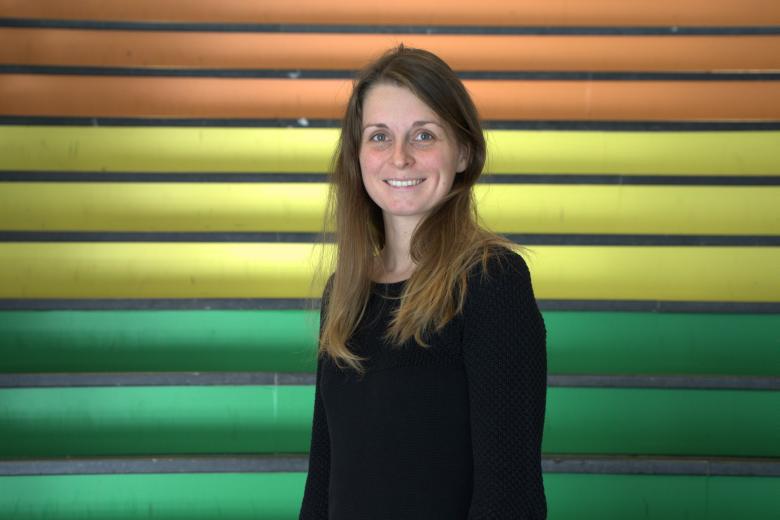Does vaccination willingness increase with age and income?
Understanding how age and income influence vaccination behaviour is essential for effective public health strategies. A 2021 study by Roselinde Kessels and Guido Erreygers provides valuable insights into these dynamics within the Dutch population.
Age and Vaccination Willingness
The study revealed a clear relationship between age and vaccination willingness. Among individuals aged 18–24, only 62% expressed willingness to vaccinate, compared to 92% of those aged 65–80. This age-based disparity highlights the need for targeted messaging to younger populations, who may require additional information or reassurance to increase their willingness.
The Role of Income
Income was another critical factor. Willingness to vaccinate rose from 61% in the lowest income quintile to 80% in the highest. Lower-income groups often face barriers such as limited access to healthcare or mistrust in public systems, necessitating tailored outreach and resources to improve vaccination rates.
Additional Demographic Insights
Beyond age and income, men, homeowners, cohabitants, and those in high-risk groups were more likely to be vaccinated. However, vaccine hesitancy was most prevalent among individuals aged 25–44, particularly within low-income groups, emphasizing the importance of addressing socioeconomic factors alongside age-related differences.
Implications for Public Health
These findings underline the need for nuanced public health campaigns. Strategies should focus on reducing barriers for younger and lower-income populations by fostering trust, combating misinformation, and enhancing accessibility. Tailored interventions can help bridge these gaps, ensuring vaccination campaigns are inclusive and effective.
This research highlights that addressing disparities is key to achieving widespread immunity and protecting public health.
Also read
-
Andrés Caceres Solari on No room for Human Rights in Gaza and Ukraine: How the Law Legitimizes Urban Devastation
Pick Our Brains Session with Andres Caceres Solari

-
AMIBM hosts the final Realise-Bio conference
The Aachen Maastricht Institute of Biobased Materials (AMIBM) hosted last week the third and final Realise-Bio annual conference, bringing together the Dutch and German bioeconomy ecosystems at the Brightlands Chemelot Campus.

-
Macrophages as key to treating liver fibrosis
Sabine Daemen is researching how certain macrophages can slow down fatty liver disease and fibrosis in order to develop new therapies.
